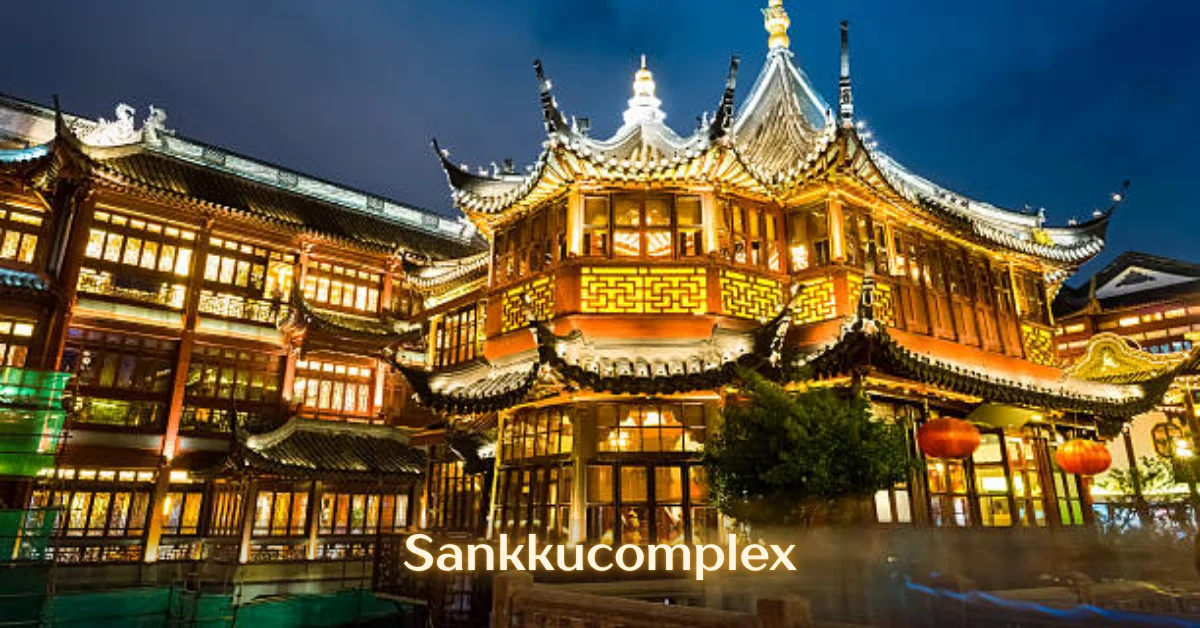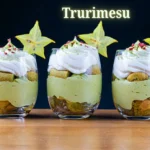Introduction to sankkucomplex and its cultural significance
Cultural identity forms a vibrant fabric, interlaced with heritage, timeless traditions, and collective experiences. One such intricate weave is the concept of sankkucomplex. This term resonates deeply with those who seek to understand their roots and find connection within diverse cultural landscapes. Sankkucomplex serves as a lens through which we can explore our past while embracing the nuances that shape our present. It invites us to reflect on how heritage influences individual identities and community bonds.
As we embark on this journey, we’ll delve into the origins and evolution of sankkucomplex. We’ll uncover its historical significance and examine how various cultures contribute to its richness today. Together, let’s celebrate the stories that define us—stories that transcend time while remaining ever relevant in our modern world.
The Origins of sankkucomplex: A Historical Overview
The origins of sankkucomplex delve deep into a tapestry woven with rich history and diverse influences. This unique cultural phenomenon traces its roots back centuries, reflecting the traditions and lifestyles of various communities.
Initially, it emerged as a response to social dynamics within specific regions. As people interacted, shared stories, and exchanged ideas, sankkucomplex began to take shape. The interplay between different groups played a crucial role in its formation.
Artifacts from ancient civilizations provide insight into how this concept evolved over time. Through rituals, art forms, and oral traditions, early practitioners conveyed their identities.
As trade routes expanded and cultures collided, new elements were incorporated into the existing framework of sankkucomplex. This blending created layers that enriched the narrative further while preserving essential aspects of each culture involved.
The Evolution of sankkucomplex’s Cultural Identity
The cultural identity of sankkucomplex has transformed significantly over the years. Initially rooted in ancient traditions, it began as a reflection of local customs and rituals. As time progressed, external influences seeped into this framework.
Colonial encounters introduced new ideas and practices that reshaped its essence. This blending created a unique tapestry where traditional elements coexisted with modern interpretations.
In recent decades, globalization has further accelerated these changes. The rise of digital platforms allows for broader dissemination of various cultural expressions associated with sankkucomplex. Artists and creators now engage worldwide, bringing fresh perspectives while honoring their heritage.
This continuous evolution showcases resilience and adaptability within the community. Each generation adds layers to its rich narrative, ensuring that the spirit of sankkucomplex remains vibrant and relevant in today’s multicultural landscape.
Influences and Contributions from Different Cultures
The sankkucomplex embodies a rich tapestry woven from various cultural threads. Its identity is shaped significantly by influences that span continents and centuries.
Ancient traditions from East Asia introduced intricate philosophies, emphasizing harmony and balance. These ideas have found their way into the very fabric of sankkucomplex, enriching its narrative.
African rhythms and storytelling techniques also played a pivotal role. The vibrant expressions of community through dance and oral history contributed depth to this evolving identity.
European art forms added another layer, infusing elements like perspective and symbolism. This cross-pollination fostered creativity, allowing for diverse interpretations within the framework of sankkucomplex.
These exchanges reflect a dynamic dialogue among cultures—each adding flavor while respecting the roots from which they spring. It’s a testament to human connection in all its complexity, showcasing how shared experiences can shape collective identities over time.
Preservation Efforts and Challenges in Maintaining Cultural Heritage
Preserving the essence of sankkucomplex is no small feat. Various organizations and communities strive to safeguard its cultural heritage, often facing numerous obstacles along the way.
One major challenge lies in the lack of resources. Funding for preservation initiatives can be scarce, making it difficult to implement effective strategies. This financial strain impacts everything from documentation efforts to physical restorations.
Another hurdle is generational disconnect. Younger generations may not fully appreciate traditional practices or customs associated with sankkucomplex. Bridging this gap requires innovative educational programs that engage youth while fostering a deeper understanding of their roots.
Additionally, globalization poses threats as cultures intertwine and sometimes dilute unique identities. The battle against homogenization calls for concerted efforts to celebrate and maintain distinctive elements within the larger narrative of cultural diversity.
These challenges underscore an urgent need for collaboration among various stakeholders dedicated to preserving these invaluable traditions.
Contemporary Interpretations and Relevance of sankkucomplex
Contemporary interpretations of sankkucomplex reflect a vibrant tapestry woven from historical threads and modern influences. As societies evolve, so too does the understanding of cultural identities.
Art, music, fashion, and literature have become platforms for expressing this dynamic essence. Young artists incorporate traditional elements into innovative works that resonate globally. This blending of traditions breathes fresh energy into long-standing cultural practices.
Social media plays a pivotal role in sharing these interpretations. It allows diverse voices to contribute to the narrative around sankkucomplex. The dialogue is ongoing and inclusive.
Moreover, educational initiatives emphasize its significance in today’s multicultural landscape. Workshops and seminars aim to raise awareness about its rich history while adapting it for future generations.
The relevance of sankkucomplex lies not just in preserving tradition but also in encouraging creativity and exploration within different contexts. Through each reinterpretation, cultural identity continues to thrive amidst change.
Future Outlook: Celebrating and Embracing Cultural Diversity through sankkucomplex
The future of sankkucomplex holds exciting possibilities. As global connections deepen, the synthesis of various cultural elements becomes more pronounced. This fusion can lead to dynamic interpretations that breathe new life into traditional practices.
Communities are increasingly embracing diversity as a strength. Collaborative projects and festivals celebrating different heritages create vibrant platforms for expression. Such events cultivate harmony, connecting different generations while uniting distinct cultural backgrounds.
Digital technology plays a pivotal role in this evolution. Online platforms allow for broader participation, where voices from all backgrounds can share their narratives within the sankkucomplex framework.
Education initiatives also pave the way forward. By incorporating diverse cultural histories into curricula, younger generations gain appreciation for their heritage while recognizing others’. This diverse method encourages exploration and builds mutual appreciation among various communities.
The dance of tradition and innovation continues to enrich our landscapes, ensuring that the essence of sankkucomplex remains relevant in an ever-changing world.
Conclusion
The rich tapestry of sankkucomplex serves as a reminder of the importance of cultural heritage in shaping our identities. Through its historical journey, we have witnessed how diverse influences and contributions from various cultures have enriched this concept. The evolution of sankkucomplex reflects not only changes in societal norms but also our growing understanding of what it means to belong.
Preservation efforts are crucial now more than ever. As modernity accelerates, safeguarding these traditions can be challenging yet imperative for future generations. Engaging with contemporary interpretations allows us to keep the essence alive while embracing new meanings and forms.
Looking ahead, there is immense potential for celebrating cultural diversity through sankkucomplex. By fostering appreciation and understanding across communities, we can build bridges that connect us all. This exploration into cultural identity invites reflection on who we are today while honoring where we’ve come from. Embracing such complexities will undoubtedly enrich our shared human experience.
Feed your curiosity with in-depth insights available on Tarplanen.











